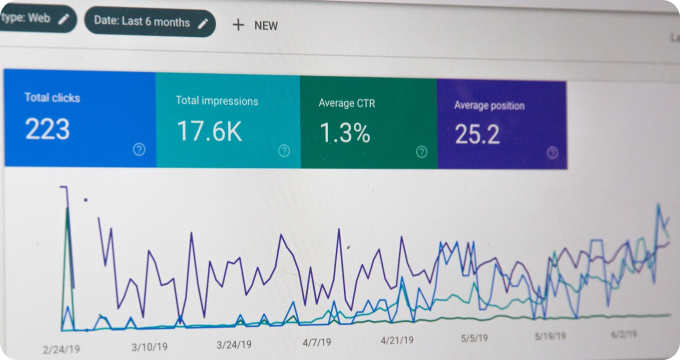How to Strategically Budget for ISO 42001 Auditors in Your Organization
- February 28, 2024
- 2 minutes
In the realm of risk management, the ISO 42001 standard holds a paramount position. It is an international standard that outlines the criteria for an anti-bribery management system, allowing organizations to proactively prevent, detect, and respond to bribery risks. Investing in an ISO 42001 audit can be a strategic move for organizations as it can enhance their credibility, fortify their commitment to ethical business practices, and potentially shield them from legal repercussions arising from bribery allegations. However, the actual implementation of an ISO 42001 audit requires meticulous planning and budgeting. This discourse aims to elucidate the strategic process of budgeting for ISO 42001 auditors in your organization.
The first variable to consider in budgeting for an ISO 42001 audit is the selection of the auditors. Auditors with a deep understanding of the ISO 42001 standard and its practical application are essential. They conduct a comprehensive examination of your organization's anti-bribery policies and procedures, ensuring they align with the ISO 42001 standard. The auditor's fees, which often fluctuate depending on their expertise and reputation, comprise a significant portion of your ISO 42001 audit budget.
To maximize your investment, it is prudent to carry out a cost-benefit analysis of hiring external auditors versus developing internal auditing capabilities. The former provides a fresh, unbiased perspective, but at a higher cost. The latter, while more cost-effective in the long run, requires initial investment in training and development. The trade-off here lies between immediate cost reduction and long-term sustainability.
Secondly, the audit's scope significantly influences the budget. A comprehensive audit covering all business units and operations is more costly but provides a holistic view of the organization's anti-bribery efforts. A narrower audit, focusing on high-risk areas, is less expensive but may miss potential issues in less obvious areas. Here, the law of diminishing marginal utility applies, where each additional unit of audit scope provides less added value. Balancing cost and comprehensiveness becomes a crucial strategic decision.
The third factor is the cost of implementing the recommended changes post-audit. The auditors might identify gaps that need to be addressed, ranging from minor procedural changes to major overhauls in the organizational culture. It is crucial to account for these potential costs in the initial budgeting process. Building a contingency fund into the budget can help manage these unexpected expenses, reflecting a risk-averse strategy in economic terms.
Lastly, the frequency of the ISO 42001 audits impacts the budget. Regular audits ensure continuous compliance but increase the overall cost. Infrequent audits are less costly but risk non-compliance between audits. This is a classic application of the economic principle of equilibrium, where the optimal frequency is where the marginal benefit of an additional audit equals the marginal cost.
The budgeting process for ISO 42001 auditors, therefore, isn't merely a mathematical exercise. It is strategic and requires organizations to make nuanced decisions based on economic principles, legal considerations, and their specific risk profile. Conducting an ISO 42001 audit is an investment in the organization's moral fabric, an assertion of its commitment to ethical conduct, and a shield against potential legal liabilities. Therefore, the budgeting process should be approached with the seriousness and strategic thinking it deserves.
Understanding the intricacies of ISO 42001 auditing and budgeting for it effectively is, thus, not merely a financial task, but one that calls for strategic acumen, a forensic understanding of the organization's operations, and a deep commitment to ethical business practices. A well-planned budget for an ISO 42001 audit is a testament to an organization's commitment to preventing bribery and enhancing business transparency – key tenets of a robust and responsible business.
Learn More
Unleash the power of knowledge and elevate your understanding of ISO 42001 auditors by diving deeper into our enlightening blog posts. For a comprehensive view, they are encouraged to explore our meticulously curated rankings of Top ISO 42001 Auditors.
Popular Posts
-
 ISO 42001 Auditors Industry Report: Unveiling Key Findings and Crucial Insights
ISO 42001 Auditors Industry Report: Unveiling Key Findings and Crucial Insights
-
 The Future of ISO 42001 Auditors: Predictions and Trends in the Compliance Industry
The Future of ISO 42001 Auditors: Predictions and Trends in the Compliance Industry
-
 Ask These Essential Questions to an ISO 42001 Auditor to Choose the Right One for Your Business
Ask These Essential Questions to an ISO 42001 Auditor to Choose the Right One for Your Business
-
 10 Essential Questions to Ask Your ISO 42001 Auditor
10 Essential Questions to Ask Your ISO 42001 Auditor
-
 11 Things I Wish I'd Known About ISO 42001 Auditors Before Hiring One
11 Things I Wish I'd Known About ISO 42001 Auditors Before Hiring One






